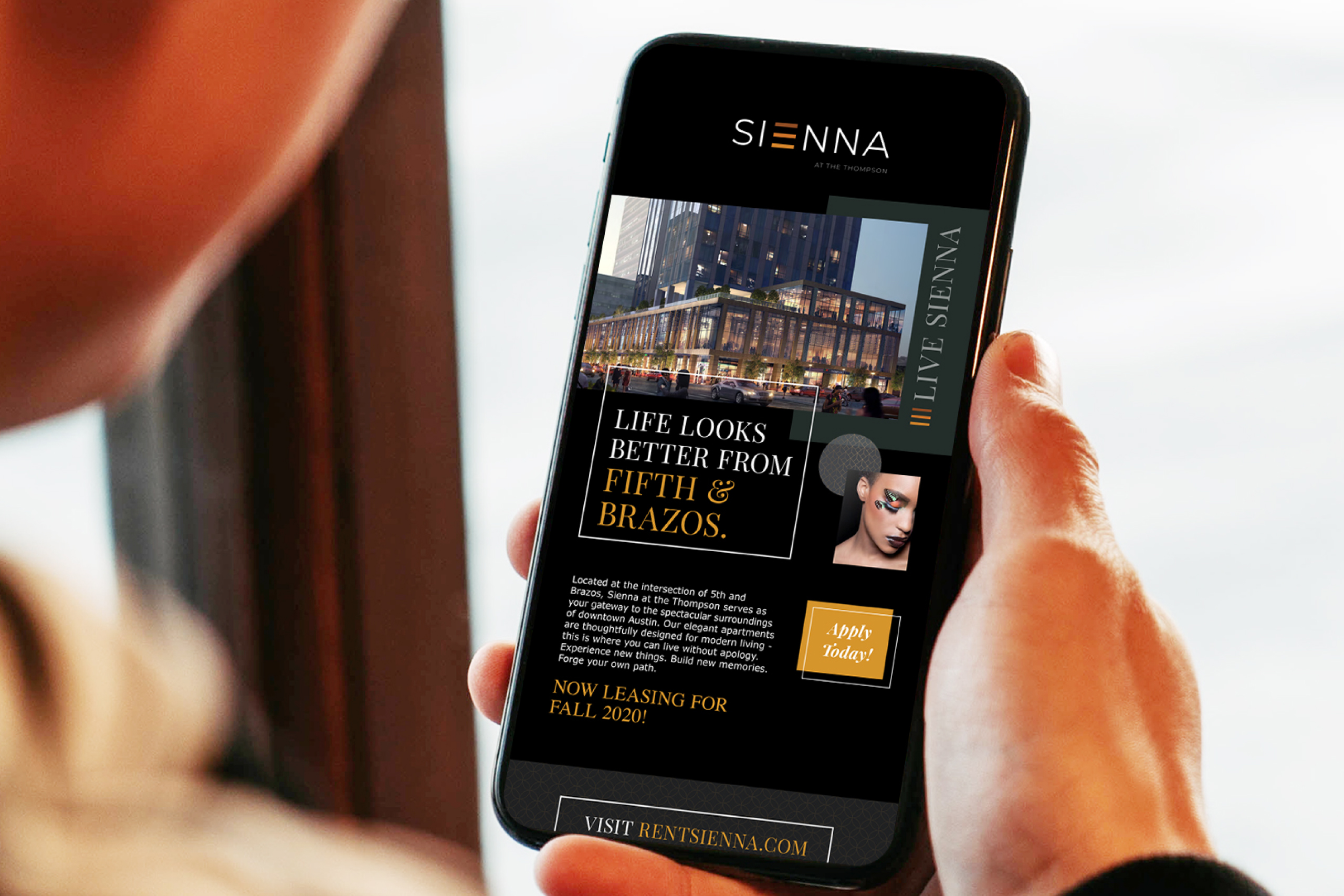Believe it or not, email is still one of the most effective ways to nurture leads. Though the digital landscape has evolved dramatically, folks across all age groups still use email every single day—for many, it’s the first thing they do after waking up.
Not only is email marketing a reliable way to reach your audience, it’s also a powerful strategy for relationship building with prospects and current residents alike. It particularly excels as a retargeting strategy, keeping your property top-of-mind at various stages of a prospect’s housing search or reminding a current resident of all the reasons to renew. But the best part of all is that it’s one of the most cost-effective strategies you can incorporate into your real estate marketing plan. That’s why the right email marketing strategy can make a major impact on your real estate marketing goals. Let’s talk about some of the top strategies you can employ to get better email marketing results.
Always Begin With “WIIFM”
In other words, “What’s in it for me?” Especially in our busy day-to-day lives, people need to feel confident that your email has something to offer them. If it’s a waste of their time and attention, it could do more harm than good as they form their impression of your brand. So avoid waxing poetical about your brand or providing unnecessary information. All the info you include, every link to another page, and every element of the design should provide some clear value to the user on the other end. Remember, it’s not about you, the brand, it’s about the bridge you create between your brand and the user.
Personalize Emails Whenever Possible
People appreciate a personal touch, especially when they get so many emails every day that are sent to a mass audience. Where you choose to live is one of the most personal decisions you can make, so prospects and residents shouldn’t feel like they’re just a faceless number in your leasing pipeline. When you can, personalize emails with a salutation using their first name or, if applicable, a reference to content from their previous email. Touches like these show your audience that they’re seen as individuals, even in cases where you don’t know anything about them yet.
Send Regularly, But Not Too Often
Whether you’re following up with prospects or communicating with current tenants, you need to show you care without becoming a nuisance. Bear in mind that most people get many emails every day and are likely to ignore, archive, or delete emails that arrive so often they become spammy. Sending an email once a week is typically the maximum you should aim for, while once per month is about the minimum.
There are exceptions, of course. When communicating about a time-sensitive issue like community-wide repairs and renovations or following up on a prospect’s email, don’t worry about the frequency of your sends. These should be considered ad hoc emails rather than a part of your regular email marketing cadence.
When it comes to your marketing-focused emails, planning ahead will help you ensure you’re getting the message out without sending emails so often that it becomes spammy. It will also help you plan ahead to for marketing campaigns appropriate to your seasonality. For example, you might plan a renewal campaign in the months leading up to what’s traditionally your slow season, or you might plan an email advertising holiday deals for new leases to go out in mid December.

Improve Open Rates with Better Subject Lines
Even a stellar email design can be useless if the email is never opened. The most influential factor determining whether a user opens your email is the subject line. In order to encourage email opens, it’s essential that you provide compelling info toward the beginning so that the important stuff isn’t cut off based on the size of your user’s screen and inbox layout. Other tried-and-true strategies include using a number (Save $500 By Referring a Friend), including an emoji (Immediate move-ins available on 1-bedrooms😲), including a first name (Hi, Chad, thanks for reaching out!) or posing a question (Have you seen our pet-friendly amenities?).
Improve Click-Through-Rates By Leaving Room for Curiosity
When your goal is to get users to visit a web page, it’s best to leave them guessing. Provide just enough information to entice them without providing the whole story. This way you’ll have convinced them there’s something they want on the other side, but they have to click through to get it.
For example, say you’re running a special on certain floor plans and you want to direct users to your floor plan page where they can see specials, explore floor plans, and hopefully begin an application. You might leave room for curiosity by saying something like, “Get 4 weeks FREE on select 1-Bedrooms! This and other great incentives are available for a limited time. Visit our website to learn more and see if you can snag the perfect deal for you.”
Improve Click-Through-Rates With a Clear CTA

Since the point of email marketing is typically to drive your audience toward specific actions (visiting a webpage, starting the renewal process, completing an application, scheduling a tour, etc.), it’s important to make that desired action clear. The clearest way to signal this information to your audience is through the use of Call-To-Action (CTA) buttons that stand out from the rest of the email.
Keep the copy on your CTA buttons short and to-the-point; it should be clear, when clicking, what the outcome will be (no one appreciates a bait-and-switch). For example, “Apply Now” should take users to a page where they can start an application. “See Floor Plans” should take users to your floor plans page. A “Learn More” button beneath a headline about specials should take a user to a page that contains more information about your specials. It’s pretty straightforward; just bear in mind that the goal is to match up a user’s motivation when clicking to the outcome they actually get on the other side. Otherwise, they’re likely to bounce without ever completing the desired action. And that experience may even sour them to your brand moving forward.
Make Copy Easier to Skim
Even when you have a lot to say, keeping things brief is the best way to ensure your audience actually digests the information you provide. So keep things short, whether it’s your subject line, headers, paragraphs, or CTA copy. The easier an email is to scan, the more likely your audience is to interact with that email and ultimately take the desired action instead of becoming bored or frustrated and moving on with their busy day. Other elements that can make copy more scannable is the selective use of font weight, color, and size to emphasize which parts are most important. We’ve done that in this blog post, for example.
Use Simple, Branded Email Designs
An email doesn’t have to be stunningly designed to be effective, but it should follow the basic principles of UX. That means a design that provides a clear hierarchy of information, appears legibly on all devices (more on that below), and uses a color palette that’s easy on the eyes. Your emails should also consistently use elements of your branding, including your logo, brand colors, and brand voice so that users know exactly what sort of email they’re looking at as soon as they open it, and any users who receive multiple emails from you begin constructing a consistent impression of your brand, building familiarity and hopefully even loyalty.
Since creating excellent email designs can be time-consuming, creating a number of templates can be especially useful. This way you empower your team to do more with email marketing without an exorbitant amount of work needed to make it happen day-to-day.
Use Mobile-Friendly Designs
Bear in mind that, these days, most users will be checking their email on their phone. That’s especially true during the morning and evening hours. So designing an email that looks great on desktop but terrible on a mobile device will likely result in poor click-through-rates and conversions. That’s why we recommend designing emails for mobile first instead of designing for desktop, then trying to translate that design into a mobile version.
Consider Time-of-Send
The day of the week and time of day can have a significant impact on open rates and CTR. Understand your target audience’s typical day-to-day, then schedule your email sends to go out when folks are most likely to open and click through.
There are a number of philosophies regarding the best time to send out an email. Some like to reach audiences right when they’re waking up in the morning so that their email is at the top of their inbox when they start checking emails. Others find that sending over the lunch hour or as work is wrapping up for the day to be the best time to command the attention of otherwise busy prospects. And different audiences will have different daily routines; for example, consider the different lifestyles of student versus multifamily versus senior housing residents.
The best way to select your time of send is to test the waters. A/B testing is a particularly powerful option to determine what the best time of send may be for your overall audience. Over time, you can learn what times of day result in the most opens and clicks among your audience and then send at those times moving forward.
Build Email Lists With Lead Gen Campaigns and Contact Us Forms

Collecting the email addresses of current residents is easy enough, but building an email list of prospects is harder. While it may be tempting to buy a contact list to expand your email marketing reach, this is a particularly poor strategy for apartment marketers because it mostly results in a list full of unqualified prospects who will ignore or unsubscribe from your emails. They’ll also likely report your emails as spam, which can impact the performance of your email marketing down the road.
So we recommend gathering your contacts list the old fashioned way. The primary way that apartment communities tend to collect email addresses is through contact form fills on their website, but that strategy tends to capture folks later in their buyer journey, when they’ve already entered the consideration phase. Adding other strategies that can collect email addresses from folks earlier in their journey can help bring more prospects into your lead nurturing funnel, where you really have the ability to wow them. Facebook Lead Gen campaigns are one way to capture email addresses from people who have visited your website or searched for housing, but wouldn’t necessarily have reached out to contact you.
Just don’t forget, people are used to getting lots of spam in their inbox, and may feel hesitant to give out their email address. Clearly demonstrating what’s in it for them (i.e. providing clear value) will make them more likely to go through with handing over the keys to their inbox.


